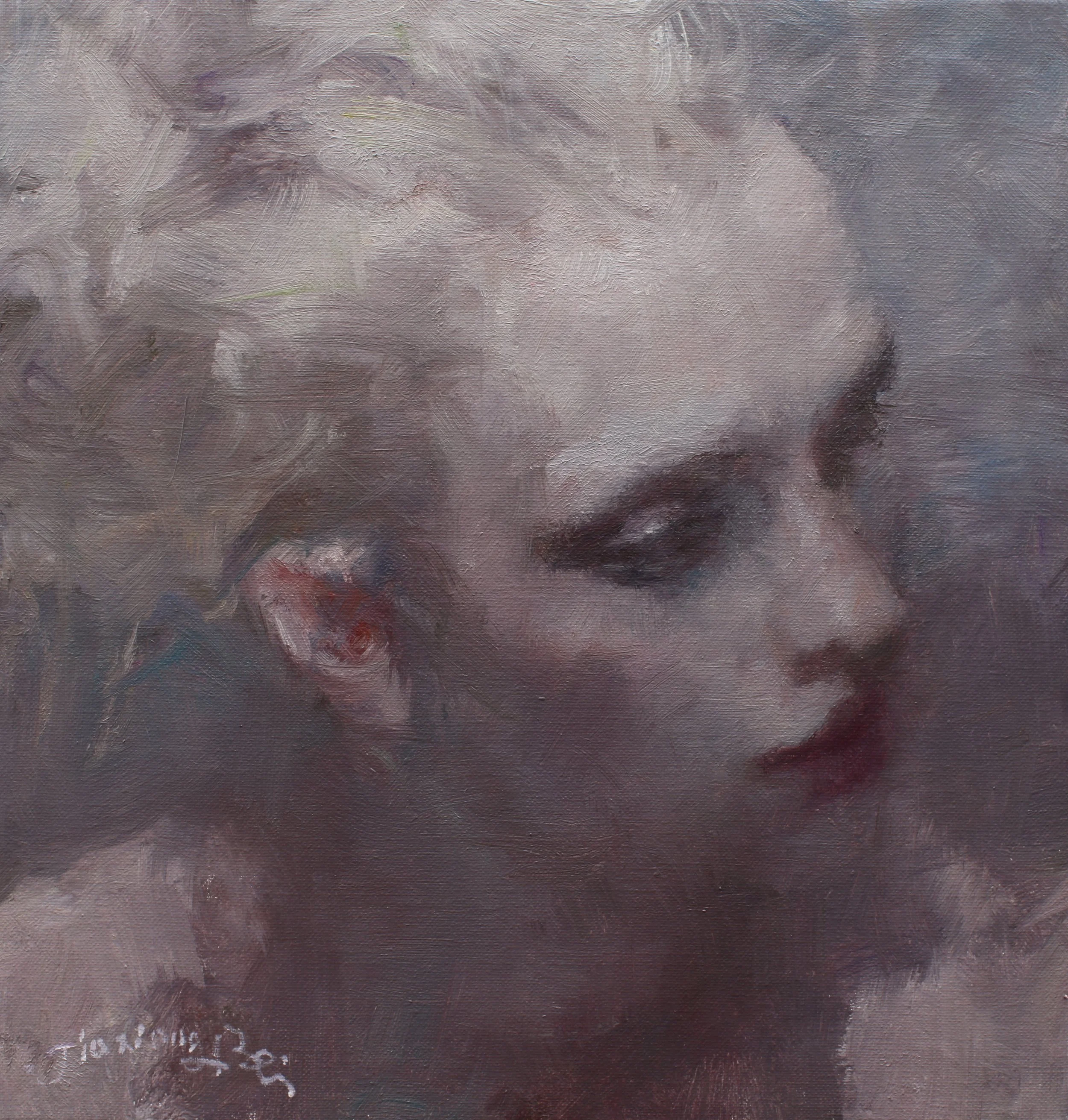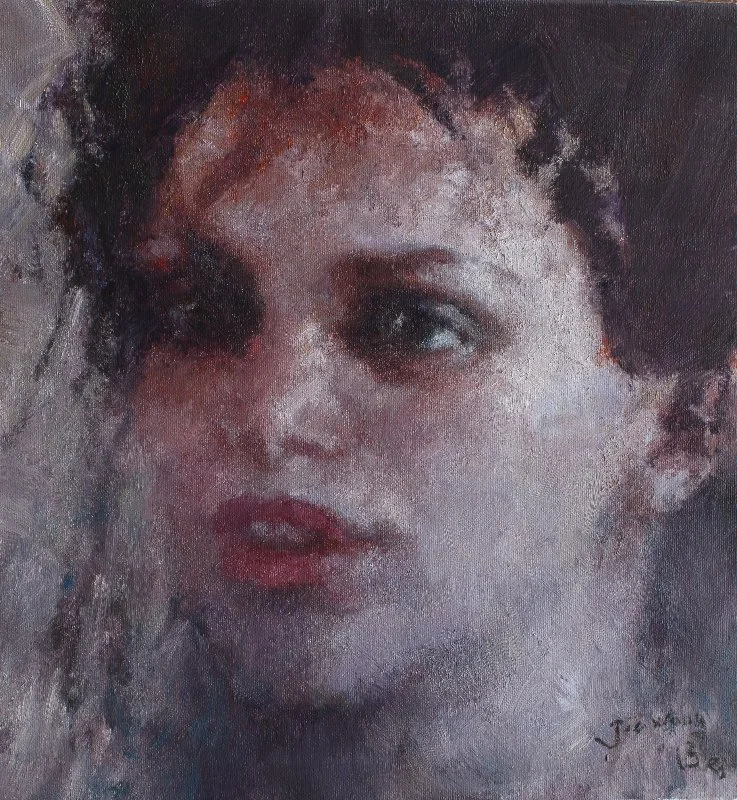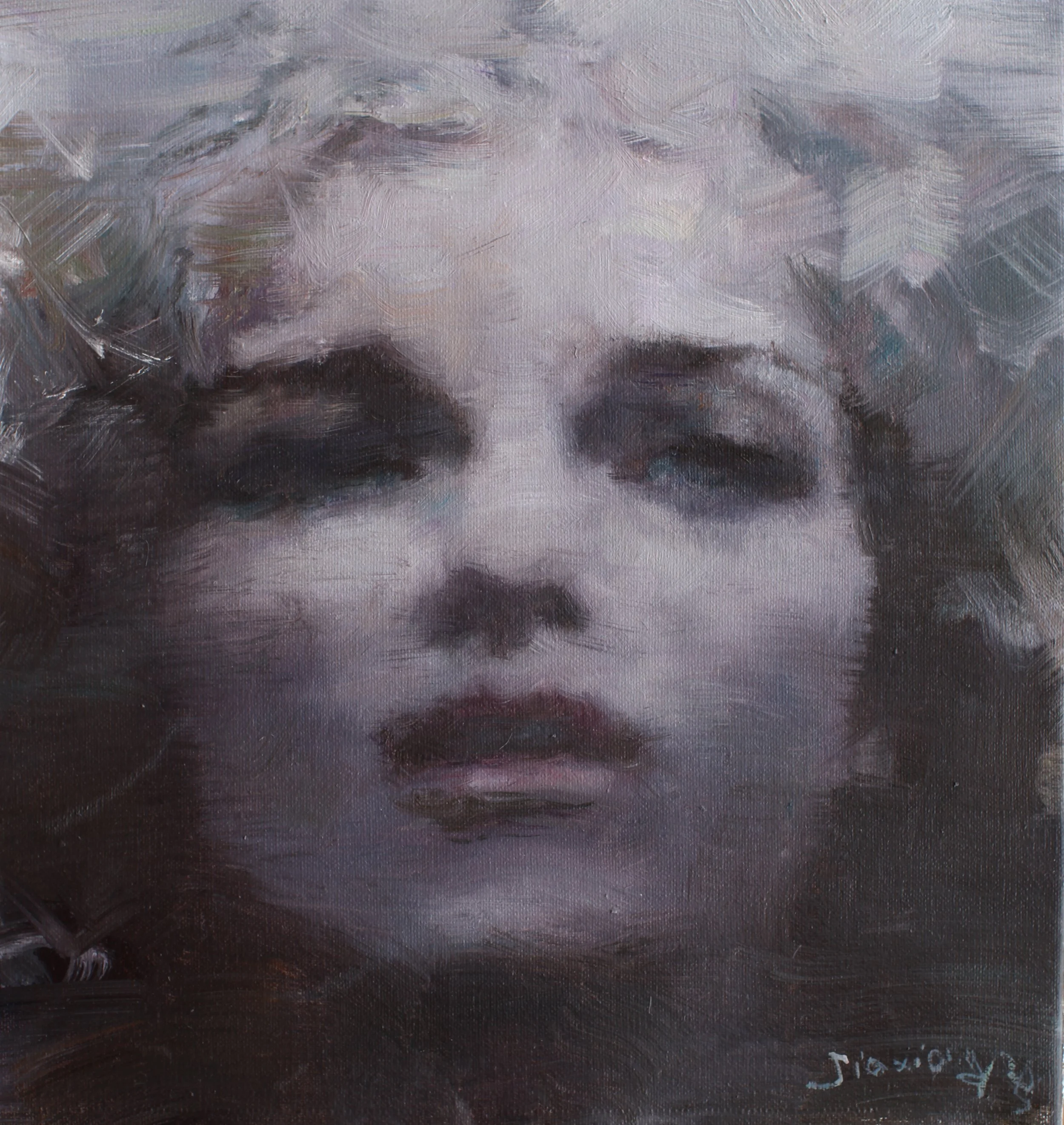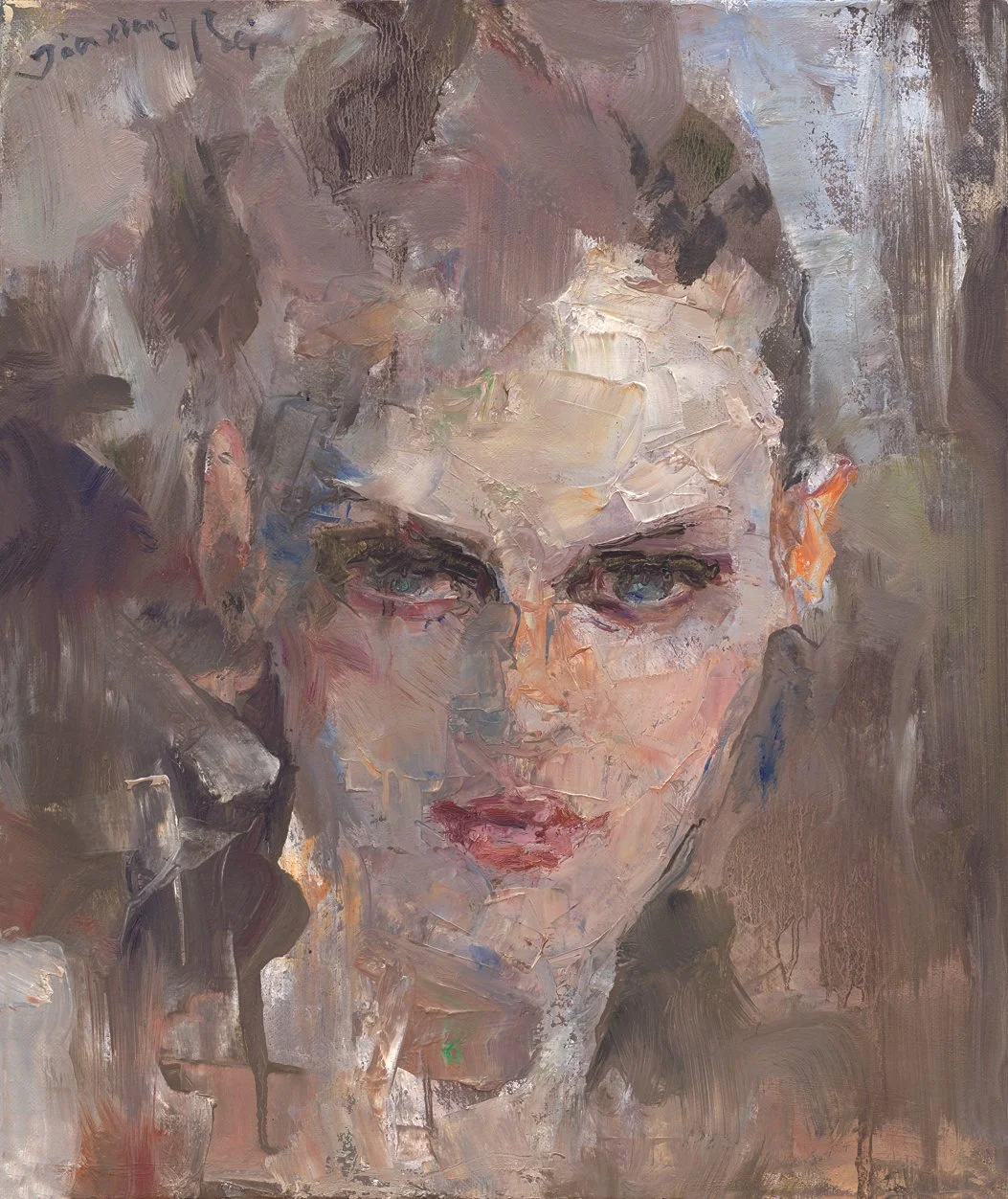
Portrait.
Penetrate beyond the surface.
“The ultimate goal of portraiture is not to reproduce an image but to reveal a soul.”
-

The Allured Woman 01 (Collected)
Oil on Canvas
42×42 cm
2014
-
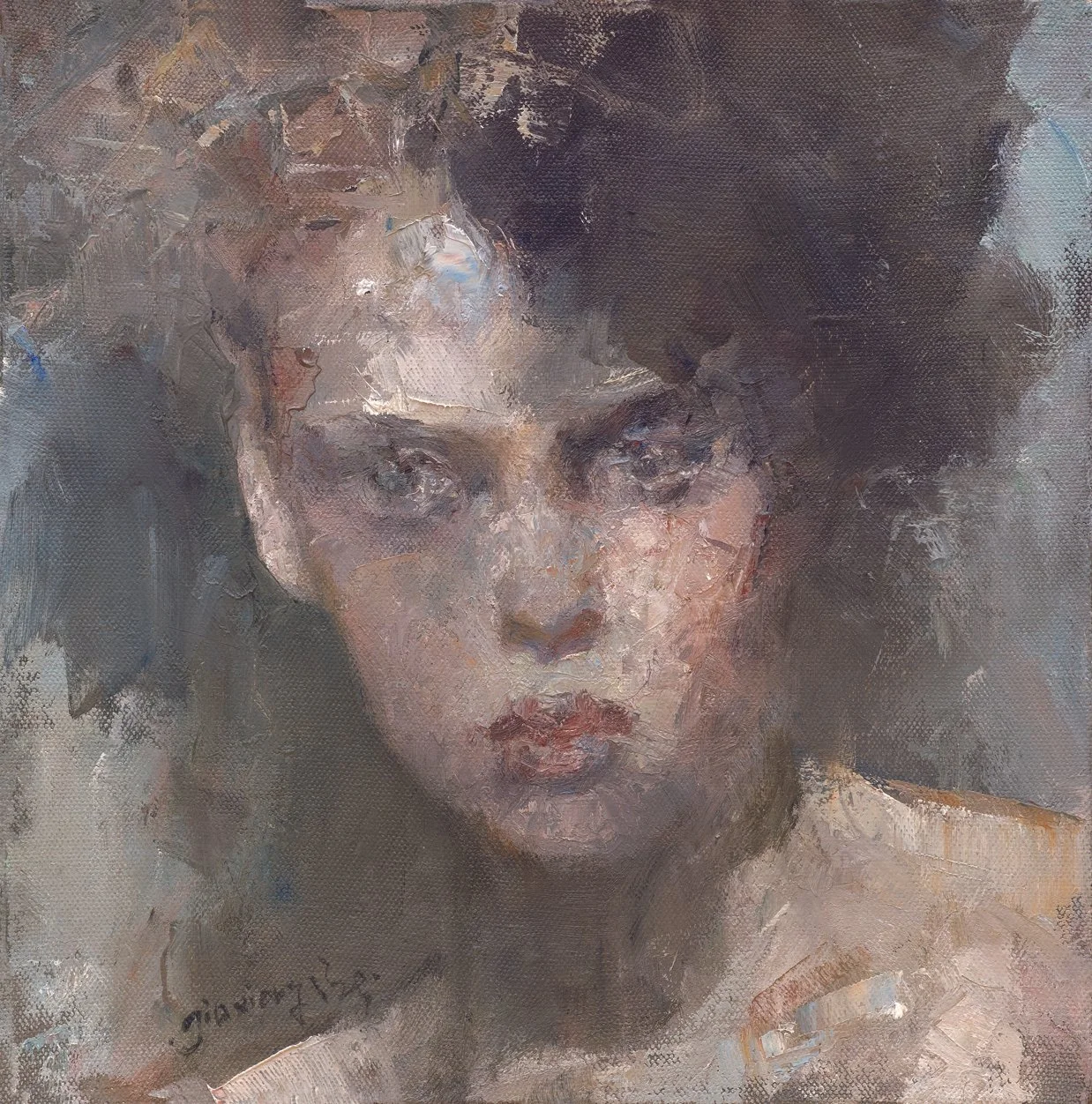
The Allured Woman 02 (Collected)
Oil on Canvas
42×42 cm
2014
-

The Allured Woman 03 (Collected)
Oil on Canvas
42×42 cm
2014
-

The Allured Woman 04 (Collected)
Oil on Canvas
38×46 cm
2014
-

The Allured Woman 05 (Collected)
Oil on Canvas
32×41 cm
2014
-
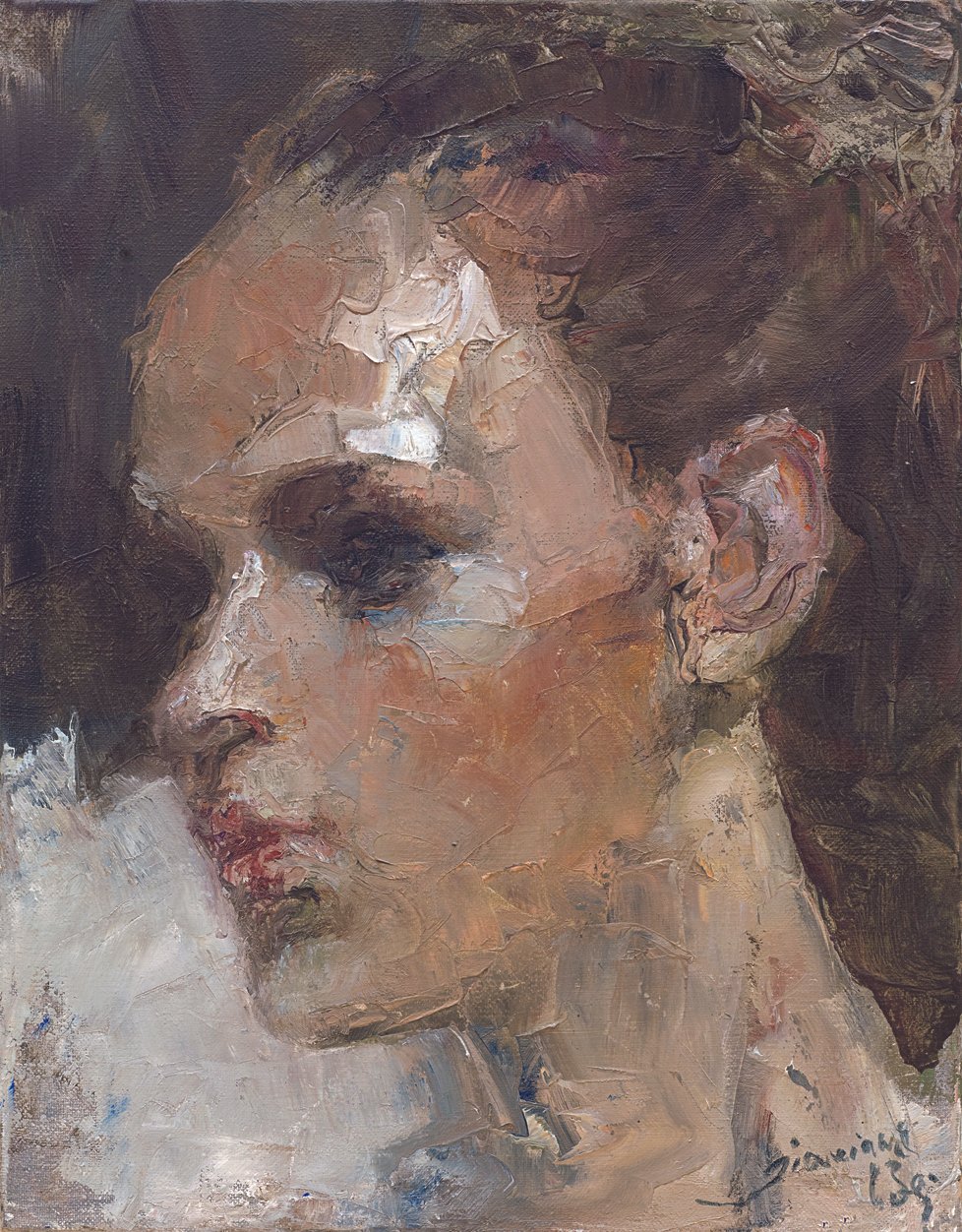
The Allured Woman 06 (Collected)
Oil on Canvas
32×41 cm
2014
-
Emotion 01
Oil on Canvas
40×41 cm
2015
-
Emotion 02
Oil on Canvas
41×42 cm
2015
-
Emotion 03
Oil on Canvas
38×41 cm
2015
-
Emotion 04
Oil on Canvas
38×42 cm
2015
-
Emotion 05
Oil on Canvas
38×40 cm
2015
-
Emotion 06
Oil on Canvas
39×41 cm
2015
-
Emotion 07
Oil on Canvas
38×41 cm
2015
-
Emotion 08
Oil on Canvas
39×42 cm
2015
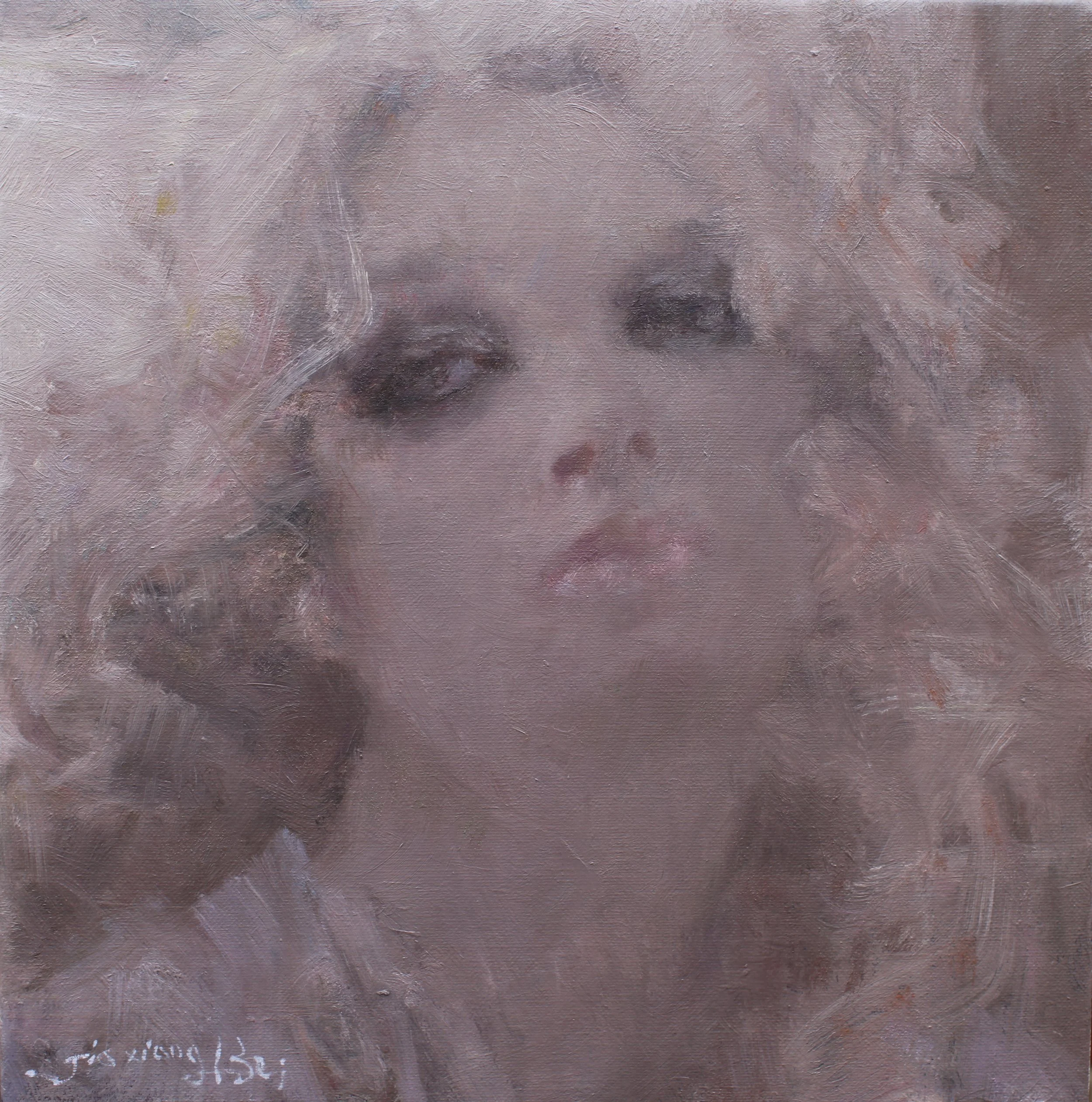
Artwork Interpretation
In the Portrait series, BEI Jiaxiang downplays the detailed realism of traditional portraiture, zooming in on large-scale faces that almost break through the edges of the canvas. Through the harmonisation of grey tones and the arrangement of colour blocks, he creates a spiritual image that intertwines reality and illusion.
The visage nearly fills the entire canvas, with hair barely staying within the frame, while the body below the neck is almost completely left blank. BEI does not set a fixed visual centre for the composition; instead, it naturally follows the subject’s expressions and gaze, rising or falling organically. The near-random selection of partial framing represents the artist’s relinquishing of creative control, allowing the subject’s most authentic self to emerge.
The figures are mostly rendered with light, gentle strokes, while the background is composed of deep grey blocks that establish a sense of depth. This not only echoes Cézanne’s approach to segmenting colour blocks but also incorporates Bernard Wolff’s similar pursuit of light and haziness—using soft tonal halos to envelop the subject, fostering an interweaving of figure and background, and softening objective light and shadow in favour of a more emotional expression. The graceful face emerges from a background of harmonious hues with indistinct boundaries, yet the profound expression leaps vividly off the canvas.
Even when depicting female portraits, BEI’s brushwork remains gentle and relaxed while also possessing a sharp intensity. The jawline or hair tips are swept swiftly with the brush to create a sense of the subject’s strength in character; the face is built up with fine, dense short strokes that give the skin a tactile, velvety texture; and his rendering of the gaze is even more delicate—within the rich layering, he adds an unintentional yet expressive spark.
Wolff’s highly decorative brushwork is closer to European Romanticism’s reverence for natural beauty, whereas BEI Jiaxiang weaves more spiritual exploration from the East into his creation.

